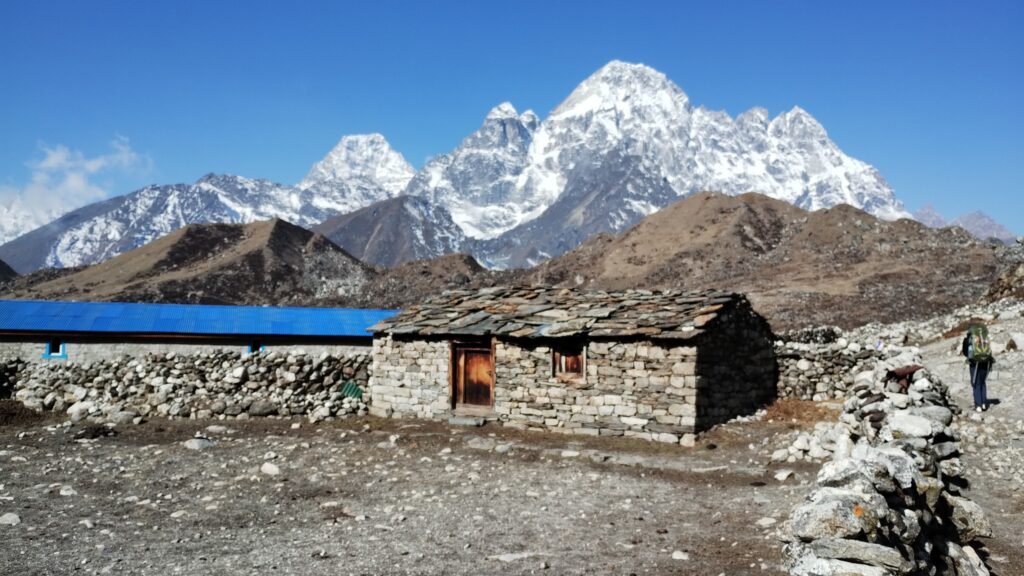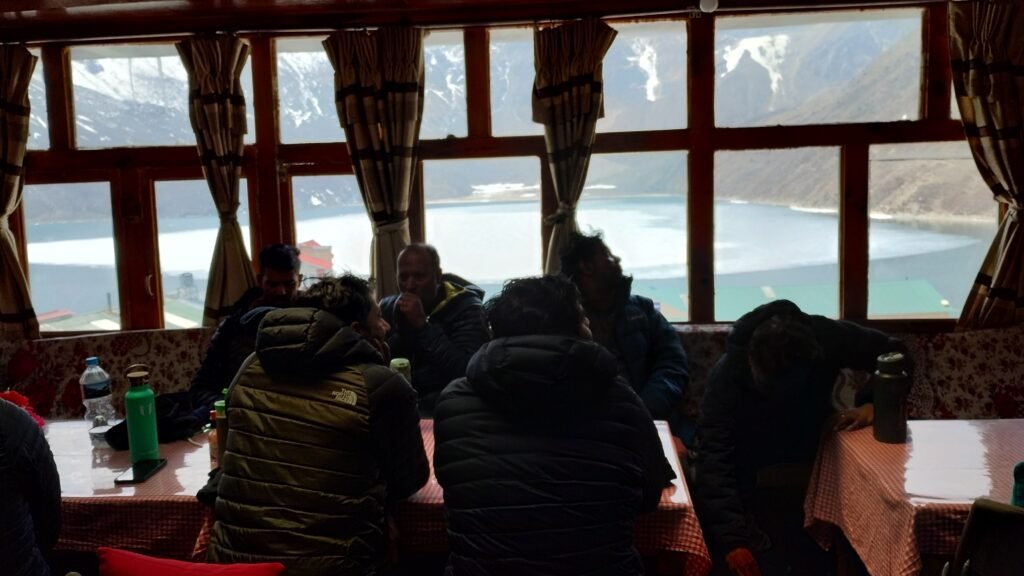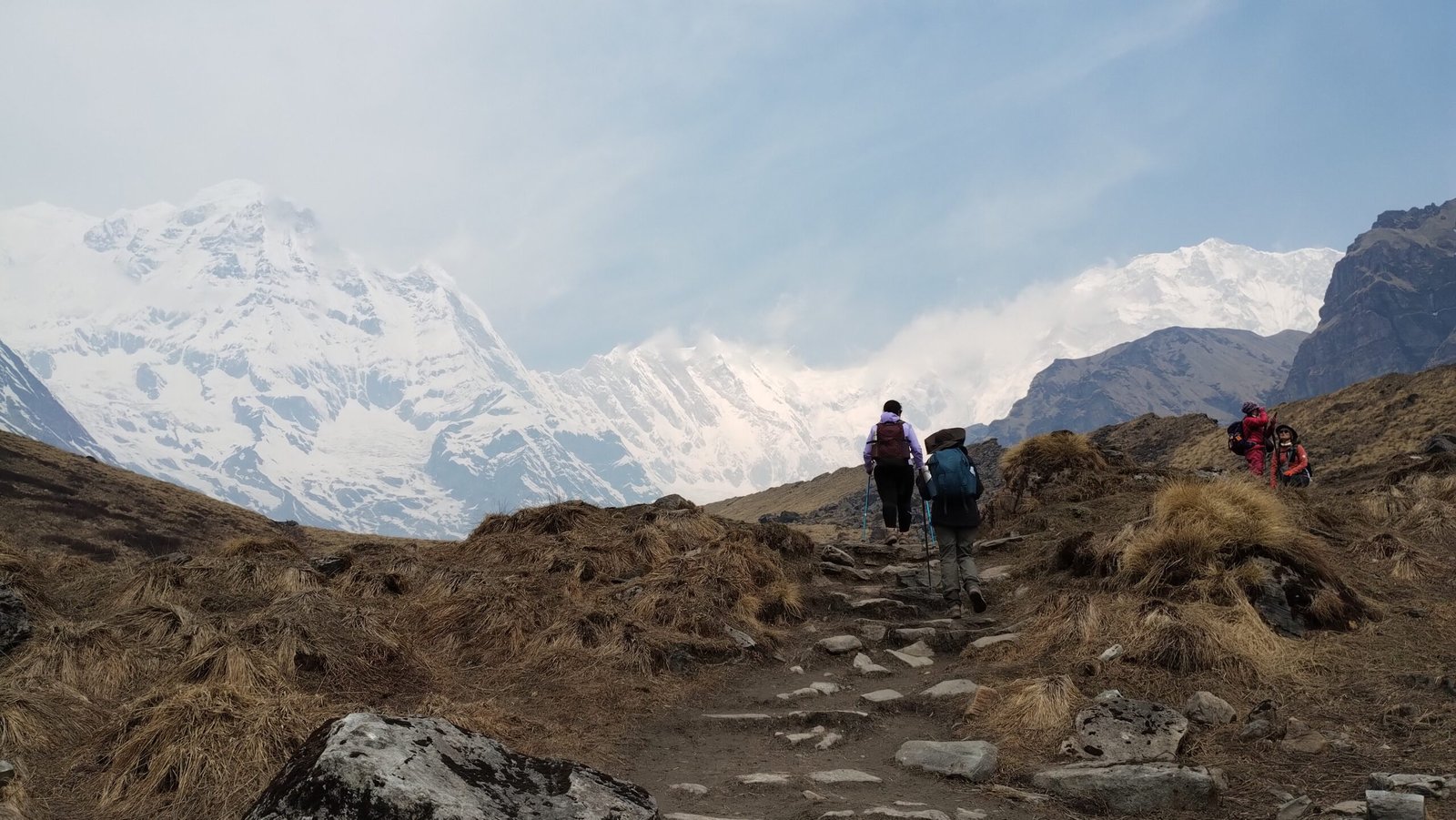The entire world treks in Nepal. With eight of the tallest mountains in the world draped across the country, including the highest of them all – Mt. Everest, Nepal is a destination that attracts all kinds of travellers. From amateur trekkers to hardened mountaineers, everyone wants to traverse the trails of this country.
Trekking in Nepal is an incredible adventure – if you have signed up for one of our Everest Base Camp or Annapurna Base Camp trek or have simply been thinking of trekking there, it is important to be well-prepared.
We have compiled some tips for you from our Trek Leader Gurdit Singh:

Buy or Rent Trekking Equipment From Nepal
For treks in Nepal, which often involve long walking days, we recommend investing in your own backpack and trekking shoes of good quality. For the rest of the trekking equipment you may need, we recommend renting or buying from Thamel, Kathmandu. Renting is cost-effective and extremely convenient – especially if you are an international traveller and don’t want to lug an extra weight around.
We recommend these places for renting gear in Thamel:
- Shona’s Alpine: Thamel
- Kalapathar Trekking Store: Saat Ghumti,Thamel
- Gears Nepal:Thamel
- Samden Sherpa: Jyatha,Thamel
Hire A Guide From Nepal
While a lot of the popular trails in Nepal are well-marked and can be done independently, hiring local guides makes all the difference. The burden of logistics of trekking in a new country can all be taken care of by your guide – such as getting permits and TIMS card done ( especially if you are trekking in restricted areas!),taking care of your lodging (pre-booking the best teahouses), food and transportation (domestic air travel within the country, or jeep/taxis to the starting point of the trek etc etc). Lot of the treks in Nepal go through very high altitude – having a well-trained guide with you also gives you an assurance of your safety.
Beyond logistics, a good Nepali guide also acts as a window to help you learn about the local culture. Who knows, they might even become a very good friend!
Note: The guide and service staff are usually tipped at the end of the trek. The general practice is to tip them 10 percent of the trek fees.
Exchange your currency
Lot of times, you end up trekking through rural and remote areas in Nepal. That is why it is a good idea to carry cash – ideally in small denominations – with you.
Until a few years ago, Indian Rupees was accepted as currency in Nepal. That is no longer the case. Beyond an odd hotel or two, even USD isn’t accepted as cash. We recommend changing your currency into Nepalese Rupee (NPR) as soon as you arrive in Nepal.
You can do this in the arrival hall of Kathmandu’s Tribhuvan International Airport, or with banks and authorised money exchange services across major cities (Kathmandu, Pokhara, Chitwan). If the currency you hold is lesser known, get it changed in Kathmandu’s Thamel area. Most licensed money change services will display the exchange rate at the storefront.
You can also consider withdrawing NPR directly from your bank via ATMS in major cities – they accept international cards such as VISA and Mastercard. However, there are transaction limits placed and a fee is charged by both your bank and ATM operator. As you move away from cities like Kathmandu or Pokhara and go towards the interiors, ATMs only accept national cards. It is best to withdraw the money you may need in Kathmandu or Pokhara.
Only luxury hotels or restaurants accept credit cards. For Indians, digital payment methods such as Phonepay and Google Pay works.
What to Expect in a Teahouse
Trekking and mountaineering culture thrives in Nepal. And because of that, the country has made an investment to support this. Most trekking trails in Nepal will have teahouses, which will give you basic accommodation and meals.
You can stop at any teahouse on the trail, have warm food (typically carb-heavy food like dal bhaat), and chat with trekkers across the world who are doing the same trek as you! Having a good night’s sleep in a comfortable bed in your own room is a rare occurrence during a trek – where you are mentally prepared to rough it out. Depending on the teahouse, there will also be Wifi connection. Imagine giving live updates of your trek to your family back home!

Travel Documents To Carry
- Passport
Make sure your passport is valid for at least 6 months from your departure date. Your passport will act as your identity proof in the country. For Indians, even your original voter ID (not a downloaded or print version) works as an identity proof. However, on the flip side, the Aadhar card will not be taken as a valid proof of identity.
- Visa
While Indians do not require a visa to enter Nepal, most travellers do. You can get a tourist visa on arrival at the Tribhuvan International Airport in Kathmandu and at other entry points.


